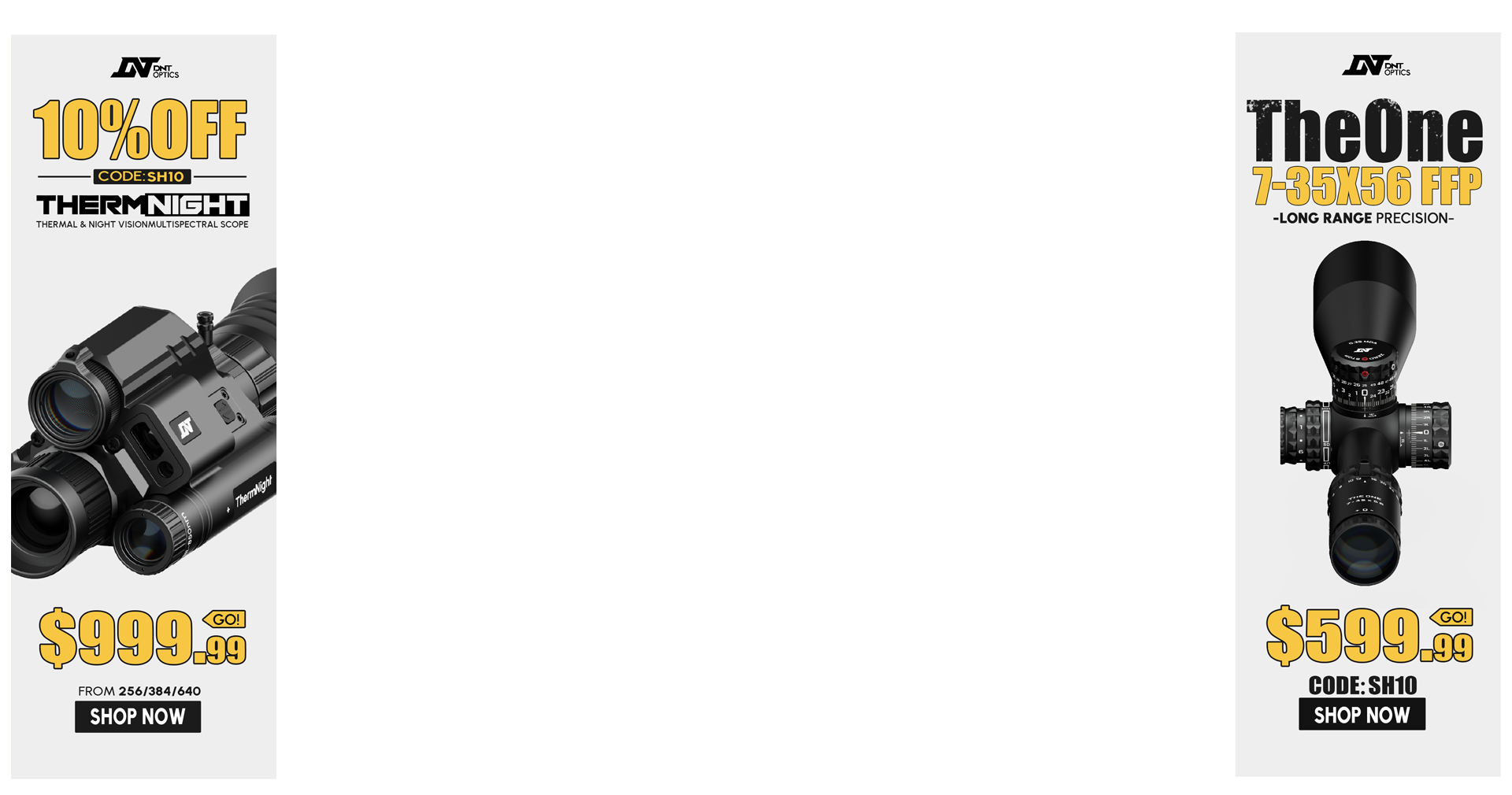I do understand what it is and have for many years but now I know more than I ever wanted thanks to an OCD friend of mine and after researching it for the last few weeks but what I don't understand is the advantage of trimming my bullet tips to a uniform length from the O-Give to the tip of the projectile. Since the bullet seating die uses the O-Give portion of the bullet to press it into the shell, what difference could the .002 to .004 variation in over all length of the finished product make? The bullet will engage the riffling at the same point if you are using quality bullets and seating dies so why should I care if the tip is a few thou longer from cartridge to cartridge? I have the necessary tools to both measure and trim them all the same but why add an extra step to the process if all I'm doing is following in the footsteps of the OCD friend that got me wondering about this. I know quite a few re-loader's and have been reloading since the mid 70s. Some of the people I've asked this question to have either told me they don't worry about such things or have no idea what I'm talking about. I reload mostly .308 for my Remington 700 SPS and 45 ACP for my Sig P-220 and have never heard of this process until about a month ago, did I miss something? Maybe I spend too much time in the basement reloading and not enough posting and reading forums. 
Thanks
Thanks

